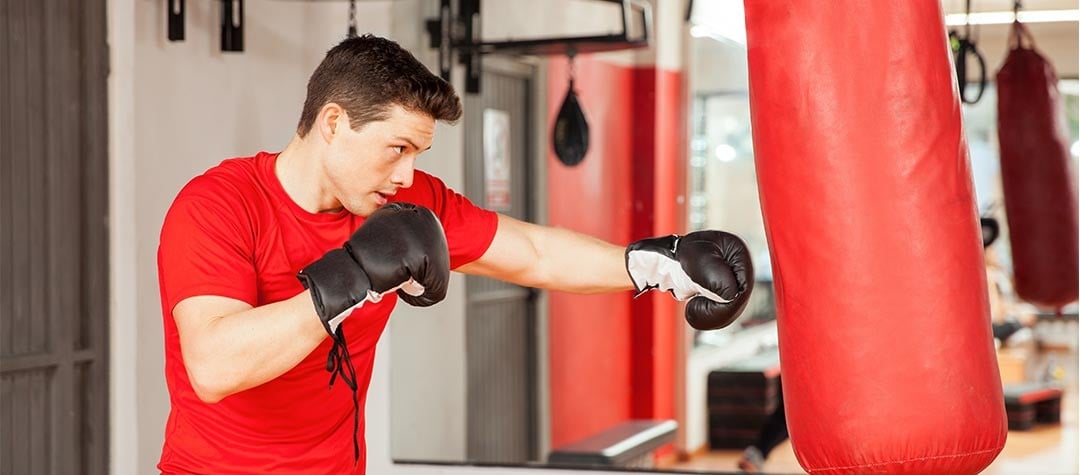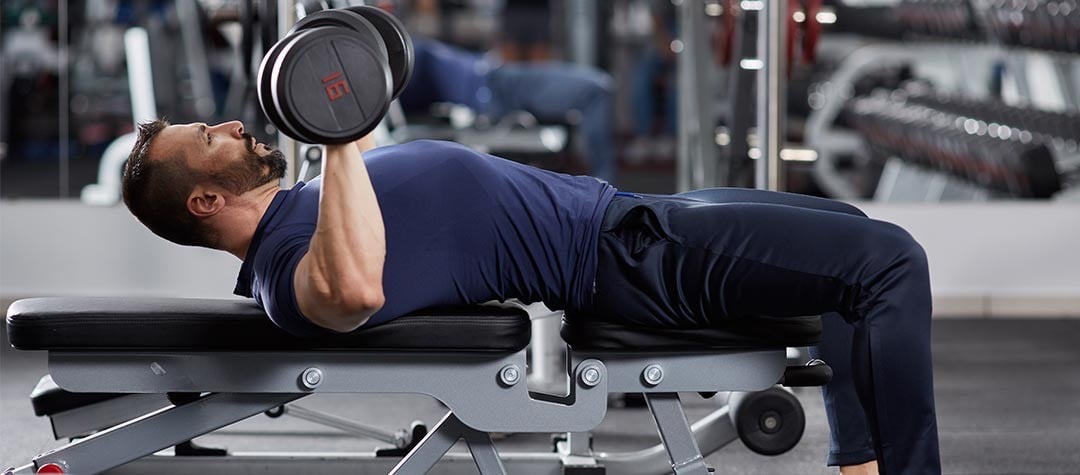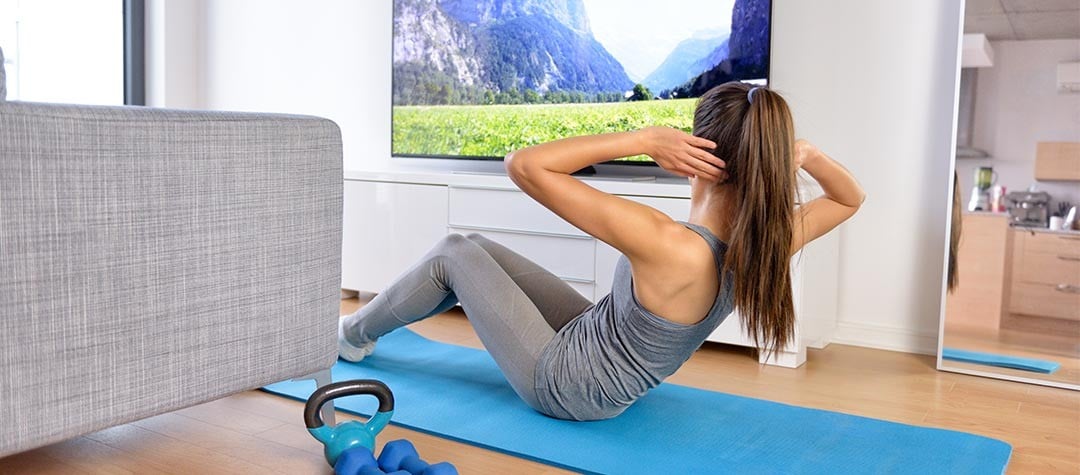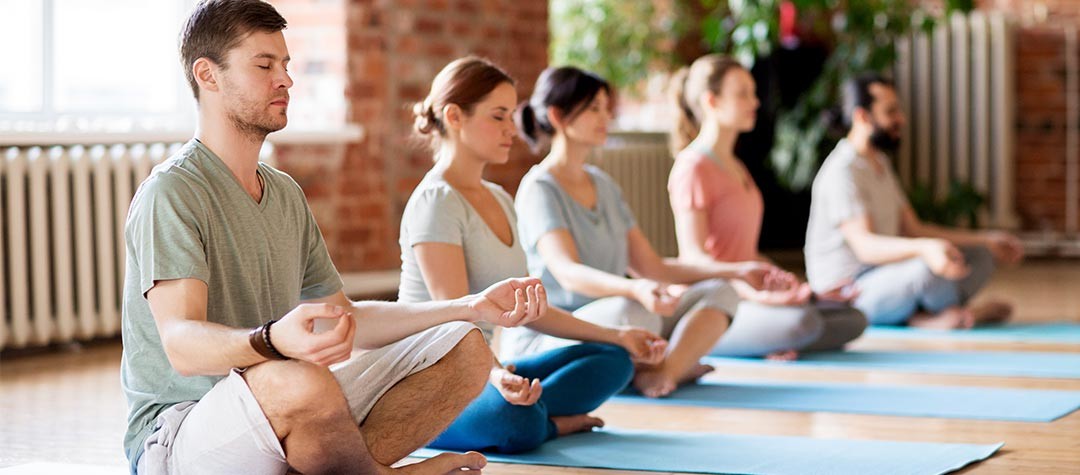To prepare for exercise and get the most out of your fitness training it is important to warm up, cool down and stretch properly. As well as preventing injuries, correct exercise preparation will help you get the best out of your workout.
Warming up for exercise
The warm-up, raises the heart-rate, gets blood flowing to the working muscles and prepares the body for exercise. It should be for a minimum of five minutes and replicate the movements or activities of the main activity session.
For example: for an upper-body resistance training workout, five to 10 minutes on the rowing machine will focus on upper body movements for the arms, back, shoulders and also the legs.
Mobility during exercise
Some basic actions to put the limbs through the range of movement that the main session requires will ensure that the joints are loosened up, lubricated and will function more efficiently.
Notice, it is generally not recommended to perform static stretches before your main exercise session and this has increased potential for injury, and according to some research can impact on your performance.
Researchers have identified that power and strength can be reduced after static stretching.
Instead warming up completely prior to exercise and and stretching afterwards may be more important. By stretching afterwards you gain flexibility without compromising power and strength.
Main session of exercise
This will form the bulk of the training session, for example: resistance training, cardiovascular training or core stability training. Having performed your warm-up earlier, you’ll be able to tackle your main session with vigour and hopefully remain injury-free.
Cool-down after exercise
Don’t come to an abrupt stop when completing your exercise, particularly if it has been high intensity. Instead you should cool-down by exercising at a lower intensity than the main session and bring the body temperature and heart rate closer to pre-exercise levels. By performing a cool-down, waste by-products of exercise will be flushed from the muscles and tissues, accelerating recovery before the next training session.
For example: the cool-down should be a minimum of five to 10 minutes light cardio, jogging or walking is ideal.
Flexibility for exercise
As mentioned previously, stretching should be carried out after the main session and cool-down as the body is in a greater state of relaxation than at the beginning of the workout. Five to 10 ten minutes spent stretching the muscles worked will maintain suppleness.
Time spent stretching is an often neglected part of an exercise session, yet it is arguably the most important. Stretching will not only aid recovery but will also help in the long-run in terms of keeping the body supple and helping prevent injury.
















